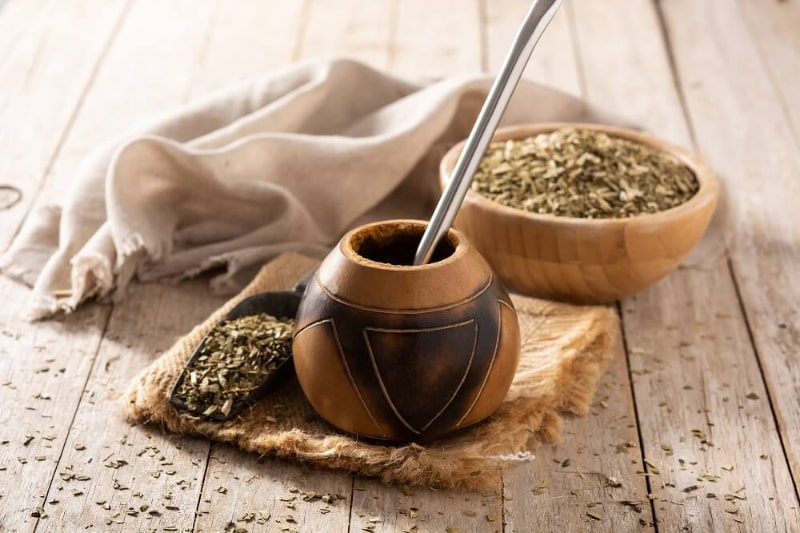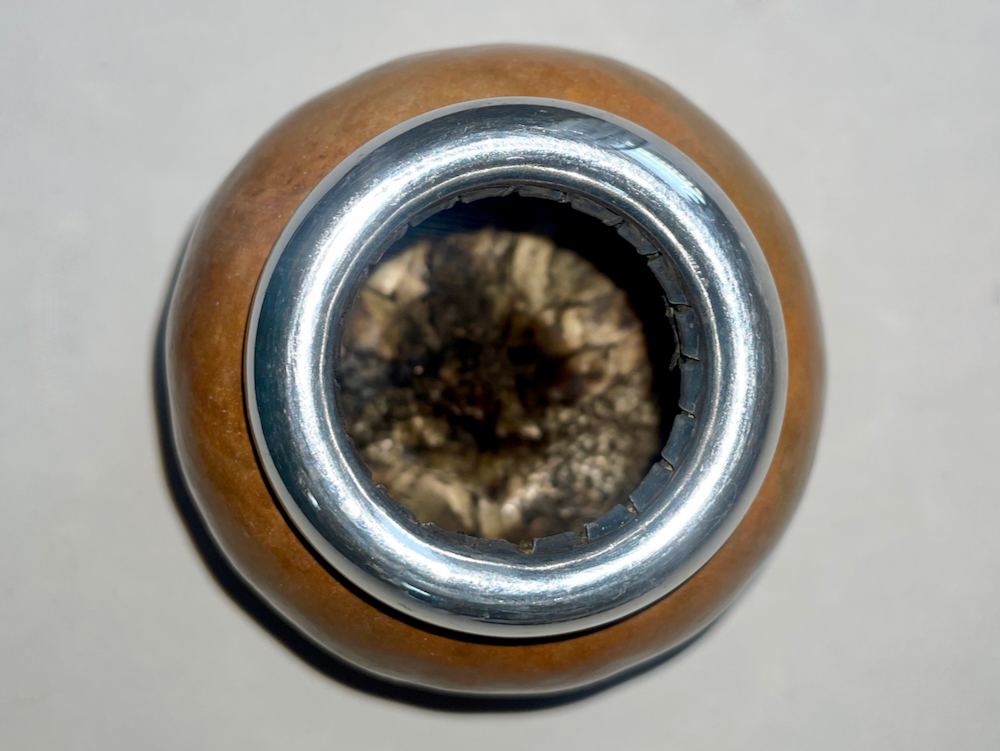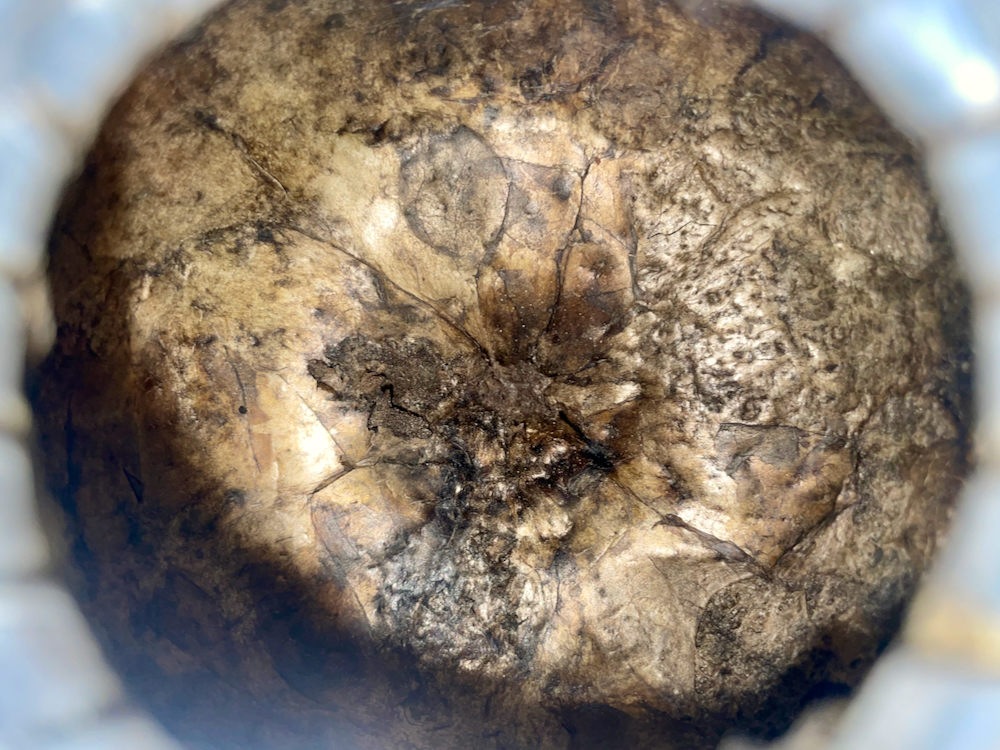
 If the calabaza is properly prepared and cared for, it usually doesn't get mouldy. But just in case, here we'll explain why it happens, how to avoid it and how to get rid of the mould.
If the calabaza is properly prepared and cared for, it usually doesn't get mouldy. But just in case, here we'll explain why it happens, how to avoid it and how to get rid of the mould.
So, here's the big question: why does my calabaza get mouldy?
The mould in calabazas are fungal spores. Mould develops in calabazas that are damp for too long, for example after drinking mate tea, washing the calabaza or due to high humidity, and tends to be when they still contain a lot of pulp. If a calabaza is dried well after washing and allowed to dry out quickly enough with the opening facing upwards, the likelihood of mould developing is very low.
Mould or natural discolouration, how can I tell?
Mould stains are white or slightly greyish and usually have a velvety surface.
If the stains are green or black, they are natural discolourations that the calabaza develops through use and time. This is due to the high chlorogenic acid content of mate tea. Since the calabaza is not uniformly porous, it absorbs more mate in different places, and thus more chlorogenic acid. This is why you see the discolouration as spots instead of an even layer of colour.


(Natural discolouration of a calabaza)
How to avoid mould?
Actually, it’s quite simple. After use, wash the calabaza well with water and dry it immediately afterwards with a kitchen towel or paper towel to remove as much water as possible. Then let it dry out with the opening facing upwards. It is very important that the calabaza is never dried with the opening facing downwards, because the air cannot circulate through it and this scenario is therefore the best recipe for mould.
Despite everything, my calabaza grew mould… now what?
Mould is no reason to panic and you don't have to throw away your beloved calabaza either. Here we explain in a few simple steps how you can quickly remove mould:
1. Fill the calabaza to the top with hot water and leave it to stand for about 15 minutes.
2. Afterwards, pour away the water and scrape out the inside with a spoon until all the white spots are gone.
3. Rinse briefly with water and then cure the calabaza again.
Things to note: be careful not to pour water on the outside of the calabaza, especially if it is wrapped in leather, as this could damage it. Do not use soap, as this can negatively change the taste of the calabaza. Boiled water is sufficient to remove the mould.